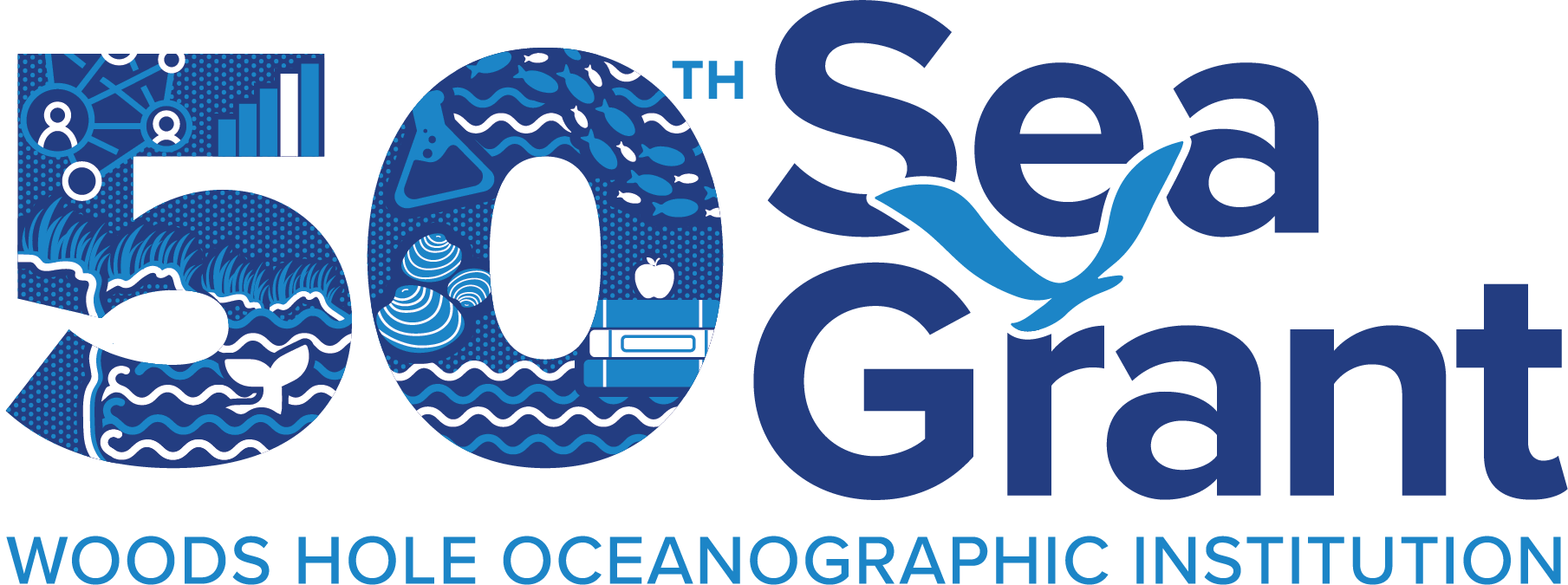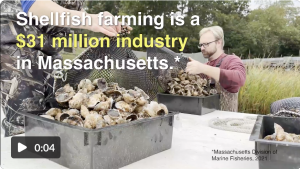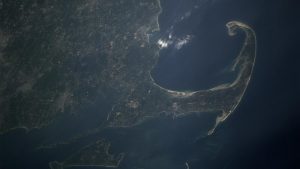Search results for: VIPREG2024 1xbet promo code 2024 Germany
Coastal Impacts Newsletter
Coastal Impacts WHOI Sea Grant Newsletter May 2025 Table of Contents SUBSCRIBE » Newsletter subscribe form ISSUE ARCHIVE » Read past issues of Coastal Impacts CURRENT ISSUE » “Coastal Impacts” home Follow us on Facebook!@WHOISeaGrant Find us on Instagram@WHOISeaGrant Sorry, we couldn’t find any posts. Please try a different search. Cape Cod Survey: Participate…
Read MoreQuestions and Answers on Purchasing Coastal Real Estate In Massachusetts
Questions and Answers on Purchasing Coastal Real Estate In Massachusetts Are you considering buying property near the water? This brochure focuses on questions you should ask (and where to find the answers) as a potential purchaser of coastal real estate. This resource provides information about permitting, erosion and erosion control structures, flood insurance, and much…
Read MoreSeabed Mining Patent Activity: Some First Steps Toward an Understanding of Strategic Behavior
Seabed Mining Patent Activity: Some First Steps Toward an Understanding of Strategic Behavior Hoagland, P. Journal of Research Management and Technology, Vol. 14, No. 3, pp. 211-222, 1986 WHOI-R-86-005
Read MoreFunding Opportunities
Research Funding Opportunities WHOI Sea Grant Program Funding Opportunities WHOI Sea Grant Biennial Request for Proposals – Closed Depending on availability of funds, WHOI Sea Grant expects to award approximately $1,000,000 to support 4-6 research projects during the two-year funding period. » Click here for details. General Program Development Funds – Closed Small…
Read MoreReview of Wastewater Dilution Modeling
Review of Wastewater Dilution Modeling On This Website Preface This report presents the findings and recommendations of an independent technical review of hydrodynamic modeling using the Finite Volume Community Ocean Model (FVCOM) to simulate wastewater treatment plant (WWTP) effluent dilution in Buzzards Bay and the North and South Rivers, Massachusetts. The review was commissioned by…
Read MoreGlacial Rebound and Relative Sea Levels in Europe from Tide-gauge Records
Glacial Rebound and Relative Sea Levels in Europe from Tide-gauge Records Emery, K.O. and D.G. Aubrey Tectonophysics, Vol. 120, pp. 239-255, 1985 WHOI-R-85-012
Read MoreTo Insure or Not to Insure: How homeowners perceive flood risk
To Insure or Not to Insure: How homeowners perceive flood risk Principal Investigators Di Jin, Woods Hole Oceanographic Institution Michael Weir, Woods Hole Oceanographic Institution Damaged house on a beach at Town Neck, Sandwich. Photo by Greg Berman. Abstract Rising sea level combined with more intense hurricanes and winter storms present a serious threat to coastal…
Read MoreChanging Currents: Collecting data with fishermen to build more sustainable fisheries
Changing Currents: Collecting data with fishermen to build more sustainable fisheries Principal Investigators Caroline Ummenhofer, Woods Hole Oceanographic Institution Svenja Ryan, Woods Hole Oceanographic Institution Glen Gawarkiewicz, Woods Hole Oceanographic Institution Photo by Jayne Doucette Abstract The continental shelf and slope system in the northeastern U.S. has been undergoing profound and accelerated change in recent…
Read MoreWaste to Watershed: How contaminants of emerging concern impact mussels
Waste to Watershed: How contaminants of emerging concern impact mussels Principal Investigators Jared Goldston, Woods Hole Oceanographic Institution Helen Poynton, University of Massachusetts Boston Photo courtesy of NOAA Abstract Contaminants of Emerging Concerns (CECs) are a diverse class of compounds with widely varying toxicological and chemical properties, commonly associated with municipal wastewater, urban stormwater, agricultural…
Read MoreBulletin: Clam Tents: A New Approach to Soft-Shell Clam Culture and Management
Bulletin: Clam Tents: A New Approach to Soft-Shell Clam Culture and Management Soft-shell clams, Mya arenaria, are an enigma to scientists, managers, and shellfish harvesters in southeastern Massachusetts and throughout the bivalve’s range. One year, clams may settle in very dense concentrations, while, the following year, there may be no soft-shell clam recruitment at the…
Read More

